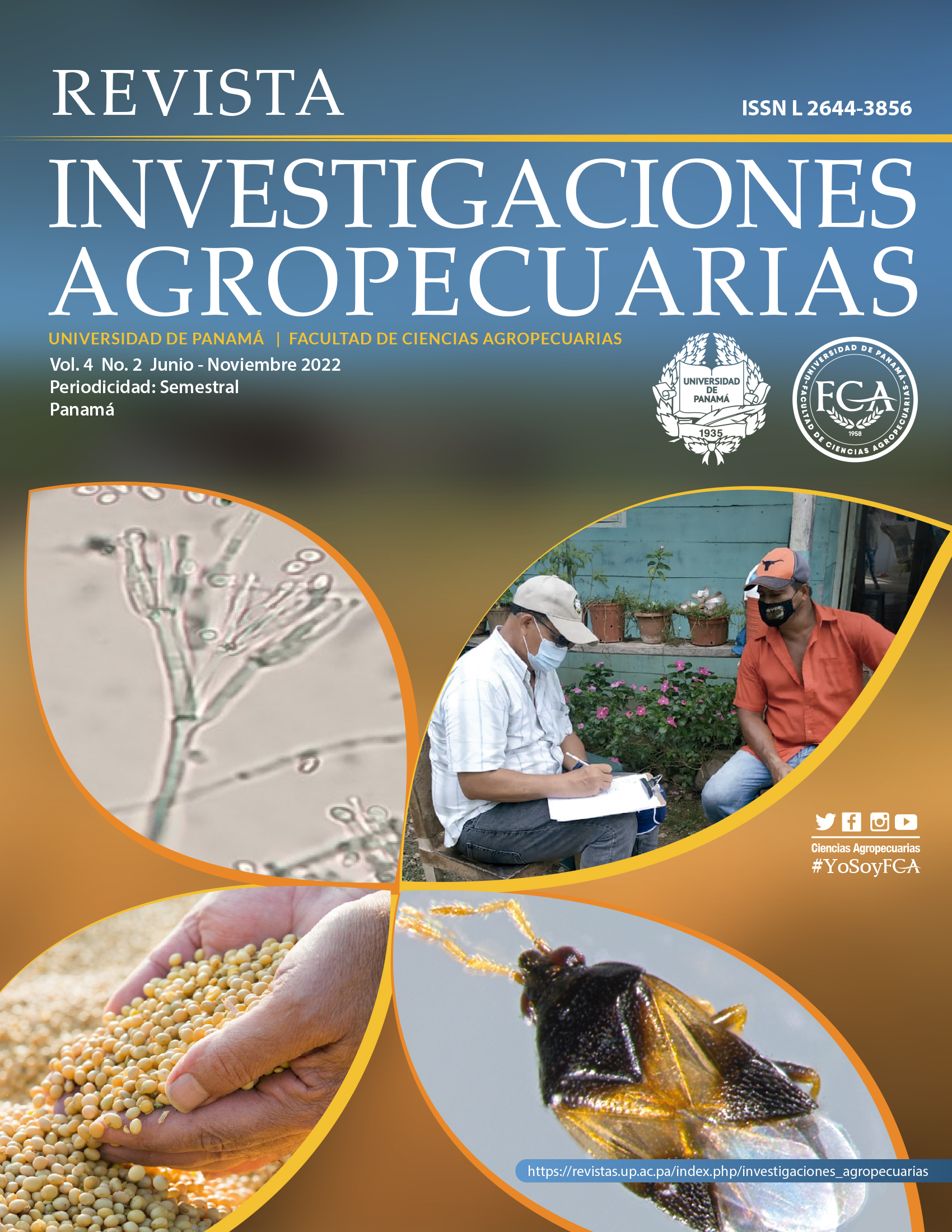

Exotic skins are highly prized for their shapes and patterns. However, products made from these materials are often expensive, scarce, and have potential risks such as poaching, smuggling, and animal abuse. Cowhide is a more available raw material and the use of which could be optimized in Panama. The objective of this work is to know the perception of printed cowhide leather as a sustainable alternative to exotic skins. For this, a survey was developed with 30 people chosen at random, who were presented with six products, three made with genuine exotic skins and three products made with printed cowhide leather. The responses were recorded and analyzed using the Microsoft Excel software. According to the results, 73.3% of the respondents identified genuine snake skin, 80% said ostrich skin was genuine, and 83.3% said crocodile skin was genuine; while 53.3% answered that imitations of snake and ostrich skin were genuine and 56.7% indicated that imitation crocodile skin was genuine. Additionally, the respondents unanimously indicated that all the products presented were well worked and that it was difficult at first glance to differentiate between the materials used. In conclusion, printed cowhide leather is an alternative with potential as a substitute for exotic skins, being more affordable to consumers, being able to add value in the national industry and to contribute to the sustainability of the ecosystem.